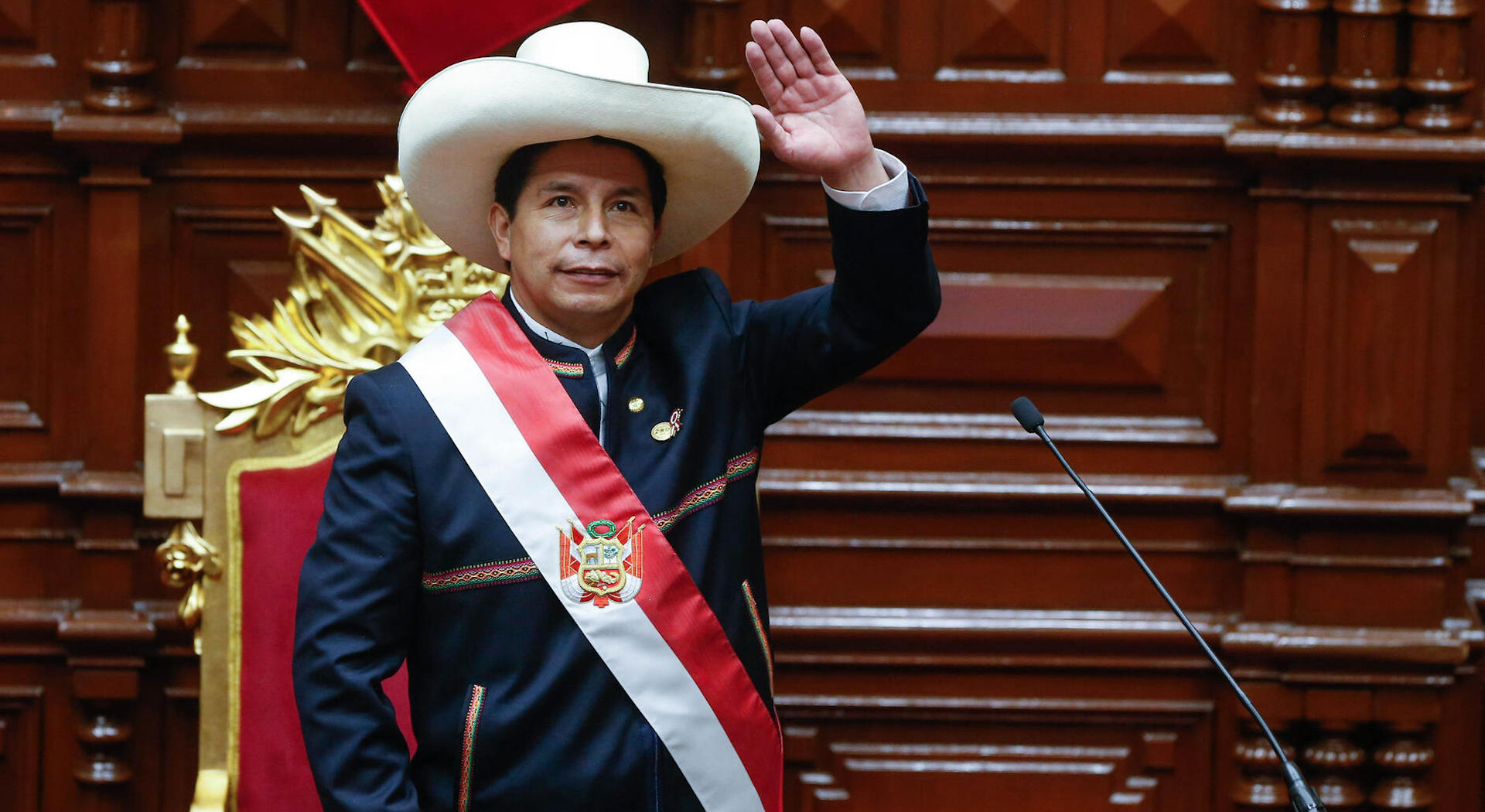I think my biggest culture shock when moving to the US was just how little scandal and chaos surrounds political culture. Now, don’t get me wrong, I understand just how complex American politics can get and I know there have been plenty of scandals surrounding presidents but I don’t think any government in the world has the same proclivity for havoc as my country’s. That’s why I have decided to dedicate this blog to Peru, more specifically, to Peruvian politics.
Now, if I wanted to do a truly deep dive into our governmental history this blog would quite literally never end which is why I thought it best, to begin with, a brief review of the major question of this presidential term; how did Peru get its first-ever female president?
To answer this we’ll go back to the year 2021. Elections are held in July and Pedro Castillo becomes a runner-up out of nowhere. The majority of the Peruvian public in the capital was not aware of who he even was but because he had the majority of support in provinces he won the election.
This is where everything begins. Peru is a very black-or-white country; our government is either extremely right or extremely left; so Castillo was quickly viewed as a very left-wing politician (This could be said in a positive or negative way, depending on whom is asked). His term was filled with multiple promises of ‘giving power back to the people’ and countless replacements of his cabinet ministers after accusations of corruption and other mismanagements.
Nevertheless, the real trouble began on the 7th of December. President Castillo attempted a ‘self-coup d’etat’ to dissolve the Peruvian congress and place himself as the sole power in the government. A couple of hours after this announcement congress vacated him on ‘moral incapacity’ and placed an order for his arrest for treason. He failed to escape and was arrested that same day.
As proper procedure dictates, the vice president assumes power in circumstances such as this (This is not the first time this happens here). Castillo’s vice-president happened to be a woman named Dina Boluarte, she was sworn into the presidency the same day of his attempted coup.
This appointment was received with immense hostility from the general public. Massive protests started all across the country; Businesses were being sacked and airports were taken hostage. Armed forces intervened, which led to multiple displays of violence; Up to date, there have been over fifty-three recorded deaths.
In all honesty, I cannot say I’m surprised by these events; believe it or not, this is not that uncommon for us. Anti-government sentiments grow rampant in times of uncertainty like abrupt presidential appointments and coups. In the last five years, we’ve had just as many presidents; Pedro Pablo Kuczynski, Martín Vizcarra, Manuel Merino, Francisco Sagasti, Pedro Castillo, and Dina Boluarte.
In my next post, I’ll explore more on each of the presidents we’ve had since 2018 and how each of their mandates contributed to the current protests.

/cloudfront-us-east-1.images.arcpublishing.com/dmn/U2XQLYGFM2SXTD4V2ME7GJLGP4.jpg)

I really enjoyed reading this post. It’s so interesting to know how other countries’ politics works. I’m curious to know what specific policies or agendas the candidates of the extreme-left and right Peruvian political parties have. People in America comment on how the republican party and democratic party seem divisive. But, it is really eye opening to get a perspective on how the public of other nations react to the people power and government systems.
First, I think your title is quite amusing seeing as the Pedro Castillo coup attempt clearly failed. This post was super interesting, as I have no prior knowledge of how Peruvian politics work. Especially finding out that six presidents have been appointed in the last five years. This was a very well written post and I liked your wording choices throughout. I think you did a good job of describing the differences between American and Peruvian politics.